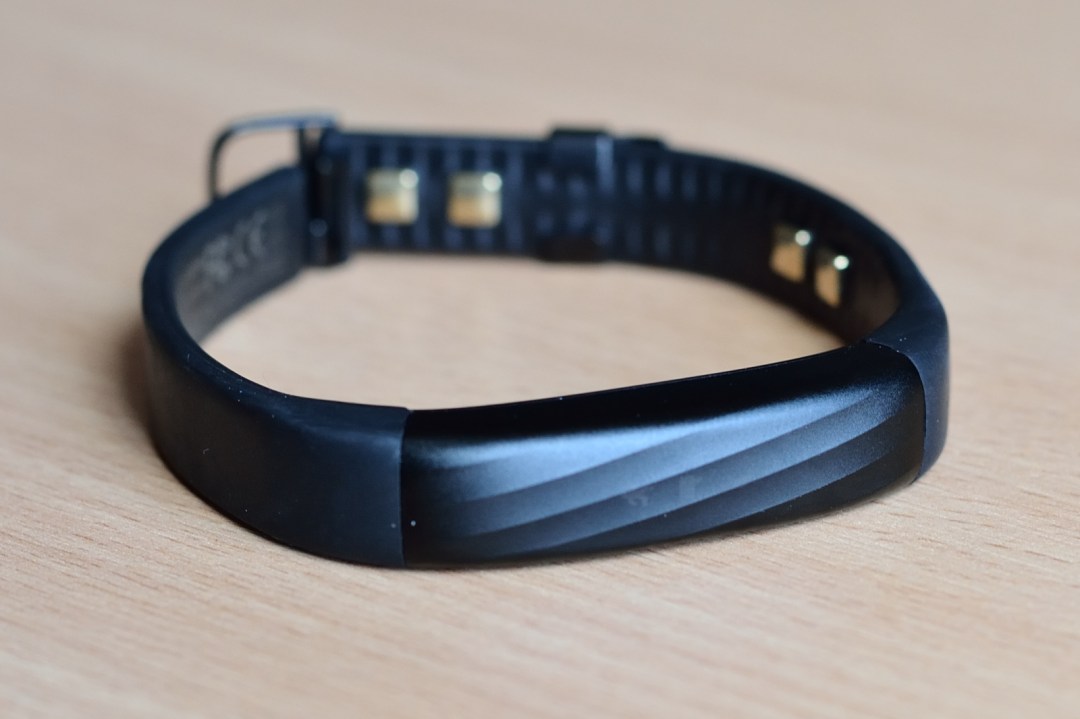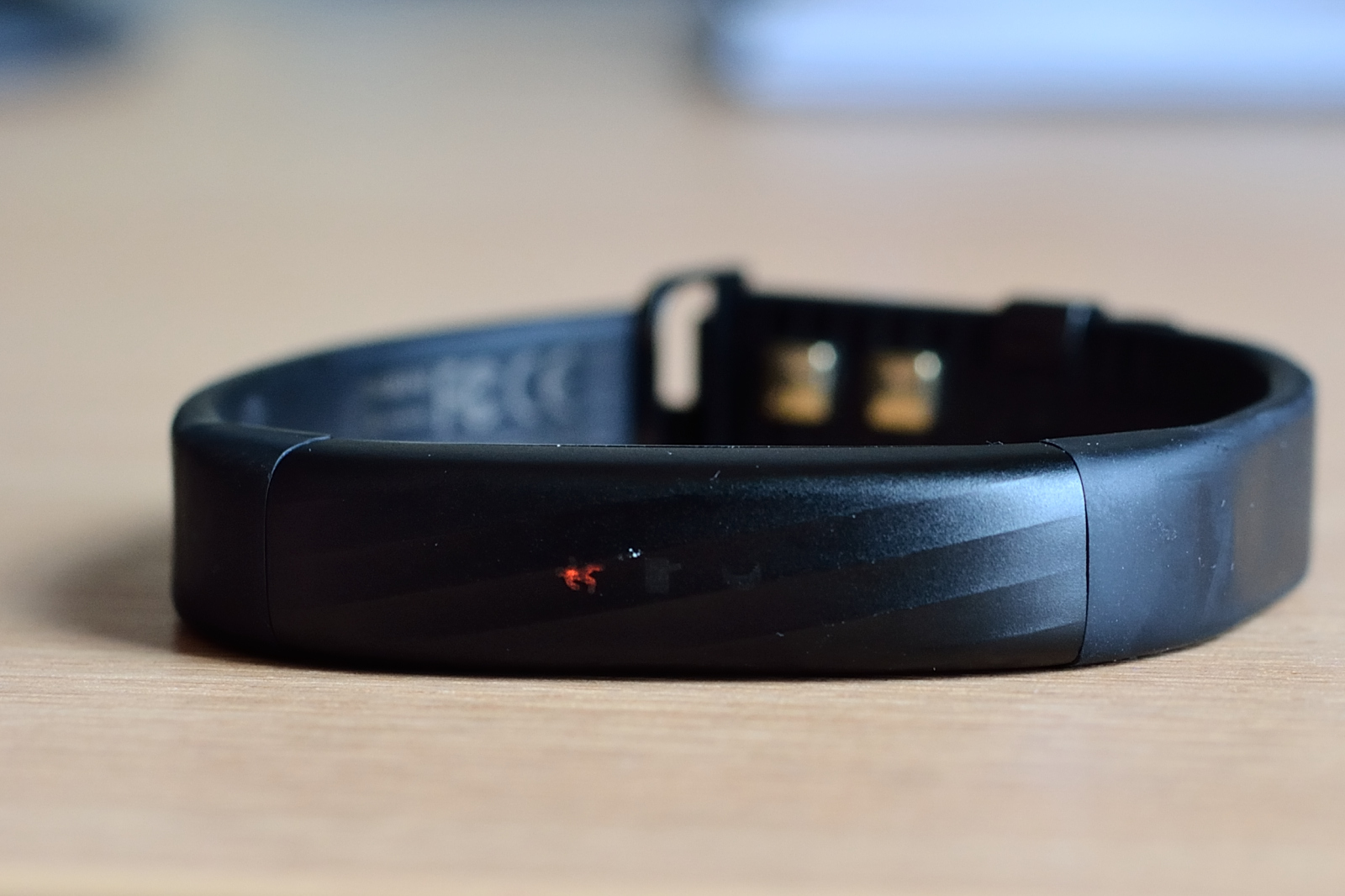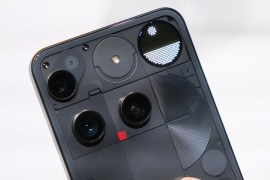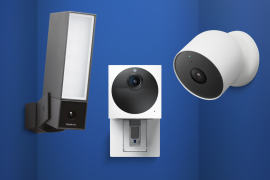Jawbone UP3 review
Heaps of data, cleverly presented: the UP3 could be the answer to your motion-motivating dreams

Everyone has grasped the wearable mantra by now: sleeping is good; moving is good; humans aren’t good at remembering to do either.
As a result, what we really need is a device which integrates unobtrusively into our lives, monitors our lifestyle and reminds us to put down the controller every so often.
The difficulty, of course, is that any wearable worth its salt needs to handle a lot of data – think heart rate, step counts, skin temperature, times of day, sleep cycles. All of those numbers make a simple, usable interface pretty tricky – constantly monitoring your own stats sounds more Holby City than Usain Bolt.
Thankfully, Jawbone have hit the jackpot with the UP3.
Despite packing heaps of sensors into its subtly styled shell, the UP3 takes a more holistic approach, giving you only the data you need, when you need it.
What’s more, it only does so through the streamlined and sophisticated partner smartphone app, while also letting statistic-seekers search deeper into the app if they really must.
Design delight



It’s difficult to fault the design of the UP3. Jawbone has form in this field, and its latest outing into the world of wearables builds on previous efforts to deliver a wrist-strap device to be proud of.
For a piece of kit packing a heart-rate monitor, something still not found on many devices even above the UP3’s price point, it’s impressively slim – you won’t forget it’s there, but it’s far from bulky and comfortable enough to wear 24/7.
Carrying Jawbone’s trademark sweeping lines across the top, the UP3 sits low on the wrist and securely, too – even if the intricate locking mechanism is a bit fiddly to adjust one-handed.
The display is appropriately stripped back for a device not intended to be a noise-maker. You get just three simple icons, consisting of an orange running man, a white message symbol and a blue moon – largely there to indicate which mode you’re currently in. A double tap wakes the UP up, a long press switches modes.
To get any semblance of usability from the device you have to immerse yourself fully in the app – it’s definitely not a standalone tracker. However, once you accept this fact and allow the UP3 to do its thing via bluetooth with your handset, the experience is a great one.
Background brilliance

Seeing the device as a partner to the UP app might not be how Jawbone wants to market the UP3, but it’s definitely the way to understand user interaction with it – apart from vibration reminders from the device itself (which you set via the app), all data is delivered through your smartphone.
This makes sense once you realise that the UP3 is not a sports activity tracker, but a lifestyle monitor: heart rate is only measured during sleep and at rest, it’s splashproof but not waterproof (so no swimming), and there’s no way to check activity progress on the device itself.
Instead, the greatest feat of the UP3 is that you completely forget you’re wearing it. Splashproof means you can keep it on in the shower, and, with a battery life of five days (increasing to closer to seven with the latest update), you can go at least the working week without taking it off.
It’s this facet of the user experience which really makes Jawbone’s latest effort a success – it nails the ‘background’ concept. Constant data is unhelpful, particularly for noticing trends; a device which instead sits in the background, unnoticed, providing meaningful feedback at relevant times is a winner – and that’s exactly what the UP3 does.
Smartphone app-eal


The UP app learns from your activities, suggesting bespoke step targets, giving you hydration tips and telling you how much sleep you should be getting. And it does so in an app environment which puts motivation first – headline stats go at the top, with complex and detailed data found with a delve, while goals, trends and coaching are truly the order of the day.
What’s more, the suggestions actually mean something, because the app and device working together can help you to achieve them.
So, for instance, you get smart alarms which wake you in the best phase of sleep and vibration reminders to get you moving – all very useful. The UP app even gives you snippets of the latest studies on the benefits of movement and sleep, so you can exercise your brain while improving your lifestyle. Connect with social networks and your goals become even more meaningful.
Perhaps the epitome of the effectiveness of the UP3 was its alert that I was dehydrated the morning after a few too many drinks the night before, a conclusion it reached because my heart rate was higher and my sleep restless.
The device gave tips to get me back on track and, though it sadly can’t cure a hangover, it did stop me wallowing in self pity. Well, mostly.
In a way, the fact that the UP3 doesn’t give you all of its data off the bat can feel a little Big Brother-ish. It often knows how well you slept before you did and, if you go in for the food-logging function, it will start to suggest meals for you. But if you really buy in to Jawbone’s approach to wearable wisdom, the UP app is an impressively integrated, incredibly functional user experience.
UP3’s baby brother › Jawbone UP24 review
Flawed genius
There are, of course, niggles: the magnetic charging cable, for one thing, is pitifully short and that strap clasp is a pain.



